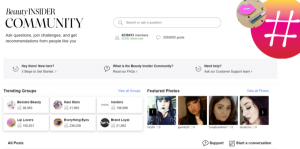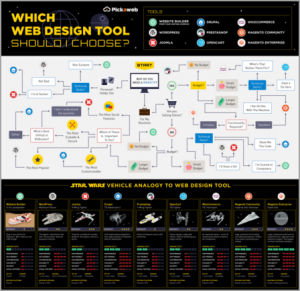Talking and writing can seem like two totally different ways of communication. No one talks the way they write, and the same can be said the other way around. Enter social language: practically a new means of communication, it has become how Tweeters, Facebookers and Instagrammers interact with each other on social media. To further complicate the matter, social authors may express numerous opinions within a single post, thus limiting the accuracy of sentiment tools that assign blanket values (positive, negative, neutral) to an entire post.
To some, this “language” can seem even foreign. Urban Dictionary can help, as can consulting teens and tweens, but what about enterprises? What do large companies do to decipher the code of social language? How do they make the time to better understand their customers through social channels?
Good news. There are some tools that can help demystify these interactions and provide more accurate, usable and measurable data for enterprises to use to their advantage, you just have to ask the right questions.
It’s important to understand that in sentiment and text analysis of social language, the parts are more important than the whole; analyzing the parts is the way to truly understand WTH people are actually saying online, which is the only way to get a complete understanding of the voice of the customer (see what I did there?).
There are still archaic analysis tools that score text in its entirety within a post, however that does not accurately depict the true sentiment of the customer. Take for example, “I love my new car, but what I don’t love is the excruciating pain of my sciatica due to the clutch that needs a full kick as opposed to a little push!” Traditional sentiment analysis would likely score that post as positive (due to the first half of the post), when it fact there are many entities that make it more complex. There is almost no business value in this type of analysis.
Some questions to ask when looking at sentiment analysis:
- Are you analyzing a post in its entirety or can you break down the post into entities and score each post?
- Can you do side-by-side data analysis across sentiment types for different time periods, topics, social networks and demographic groups?
- Can you compare influencers, conversation drivers and demographics to understand the differences in what is driving sentiment?
It is important to note that while social sentiment analysis is a significant element in brand analysis, it is not the sole metric in determining a brand’s standing. Although social may provide a more candid opinion compared to a traditional, solicited response to a brand’s queries, companies need to encompass all other aspects of measurement and analysis to see the full picture.
Digital & Social Articles on Business 2 Community(128)








